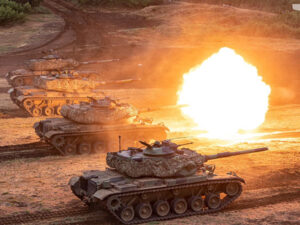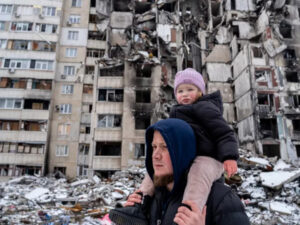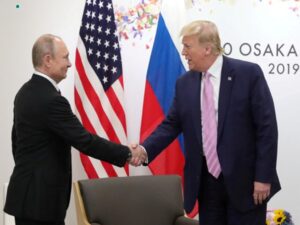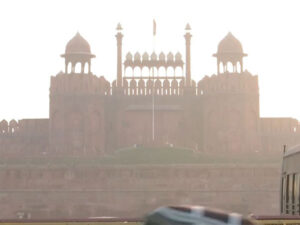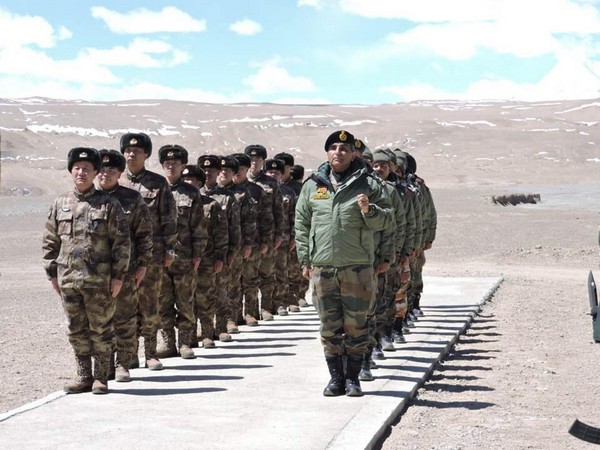
Paris [France], December 20 (ANI): China’s territorial disputes from the Himalayas to Taiwan are outlets for domestic torments and the Chinese army is in the battle to forget national frustrations, writes Oliver Guillard in the French publication, Asialyst.
From the foothills of the Himalayas to the Taiwan Strait, the last days of the year 2022 bear witness to this once again: China prefers, it seems, to irritate New Delhi, Taipei or the West, to make its exhausted population the consequences of three interminable years of pandemic and multiple restrictions he writes.
On December 9, in the mountainous region of Tawang (Arunachal Pradesh), in a disputed territorial and border perimetre, clashes once again took place at an altitude of more than 5,000 m, near from an Indian military post, troops from Beijing and New Delhi, causing injuries on both sides, reported Asialyst.
On December 13, at the rostrum of Parliament in New Delhi, the Indian Minister of Defence, Rajnath Singh summed up the facts, “On December 9, 2022, the troops of the People’s Liberation Army (China) attempted to unilaterally change the status quo by encroaching on the Line of Actual Control (LoAC) in the Yangtse area of Tawang district,” he said. “Our army faced this attempt by China with firmness. A scuffle took place during this face-to-face. The Indian Army bravely prevented the PLA from encroaching on our territory and forced them to withdraw. A few soldiers on both sides were injured in the scuffle,” added Singh.
On the side of Beijing, the summary of these events is presented in somewhat different terms by a spokesman for the Chinese Ministry of Foreign Affairs, reported Guillard. “From what we understand, the situation on the border between China and India is broadly stable. The two sides maintain unhindered dialogue on the border issue through diplomatic and military channels,” said Guillard.
“We hope the Indian side will meet China halfway, implement the important consensus reached by the leaders of the two countries, strictly abide by the spirit of the relevant agreements signed by the two sides and that it will jointly maintain peace and tranquility in the border region. As for peace and tranquility in the border region, it will obviously be a question of not being too demanding,” he said.
lAST December 13 will definitely remain a day rich in interstate tensions in Asia-Pacific, he said, adding that in East Asia, 3,000 km east of Tawang, in the very sensitive Taiwan Strait, the Chinese armed forces were also at work, no longer on land but in the air.
A week after Beijing imposed new bans on the import of Taiwanese food, beverages, alcohol and fish products, the Taiwanese Ministry of Defence deplored the presence – without notice or prior agreement from Taipei – of 21 Chinese aircraft (including the volumetric never before seen of 18 H-6 nuclear bombers…!) in the Taiwanese air defence zone. “The military threat from Beijing is more serious than ever,” said Guillard.
Admittedly, during the recent 20th Congress of the Chinese Communist Party in October in Beijing, it was well understood that the new Grand Helmsman of the People’s Republic (Xi Jinping) and his renewed and close guard intended in the future to pursue a vigorous and assertive foreign policy, that the present evils and torments afflicting China were the result of “external efforts aimed at containing and undermining it”, and that the Party, the people and the nation had to prepare for “strong winds, rough waters and dangerous storms”.
However, is the best way to “prepare” for such prospects consist in raising the level of external tension – already more than high – with India and the “rebel island”? It is of course allowed to doubt it, said Guillard.
No doubt we should rather think that the regime is deliberately working to direct the gaze of its constituents towards consensual nationalist external disputes. The fate of Taiwan and the reunification of China, as well as the territorial disputes with certain neighbours are part of it. They make it possible to better divert the public’s attention – and especially the anger – from the subjects of frustration of the moment such as the economic slowdown, the demonstrations of exasperation and hostility at the end of November in various large cities, reported Asialyst.
It is a fact that in the main Chinese urban centres, the police presence has become significantly heavier and more active since the rare and courageous popular mistrust of the “zero Covid” policy, even during President Xi Jinping, month last.
In the short term, the police overmobilization on the Chinese national territory could at the same time be coupled, outside, on the traditional theaters of tension (Sino-Indian border, Taiwan, South China Sea), with a premeditated agitation: maneuvers maritime attacks around the “rebel island” and repeated aerial incursions; skirmishes with Indian troops on the “Actual Line of Control”, as in recent days.
Beijing’s power circles reportedly prefer diplomatic wrath from New Delhi, Taipei or the West, to the domestic ire of a population battered by the consequences of three interminable years of pandemic and multiple restrictions. A dubious strategy and not without risk, of course, said Guillard. (ANI)







